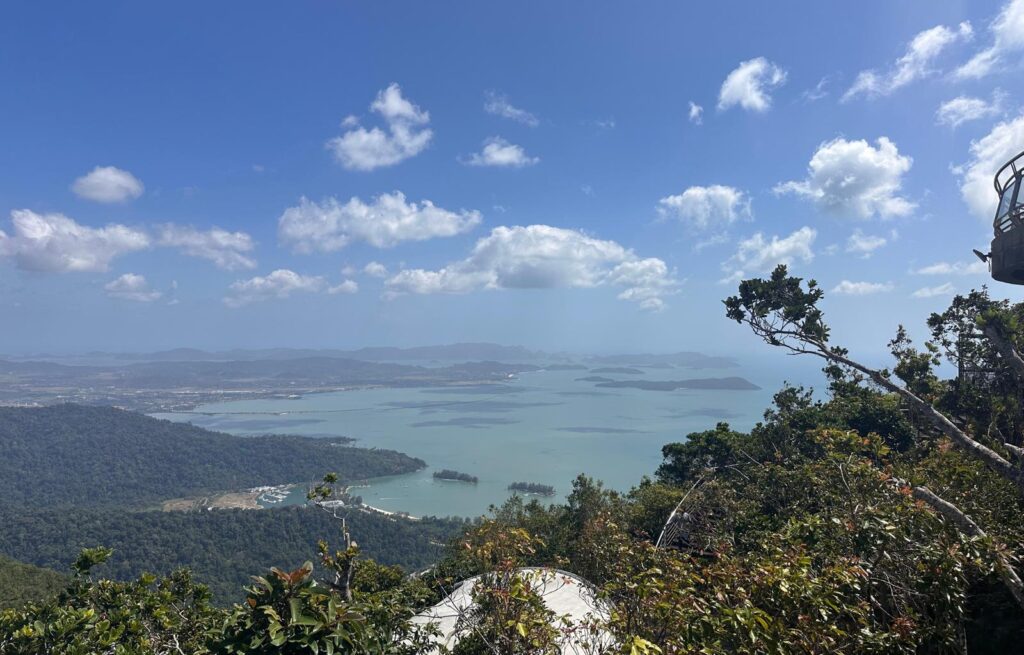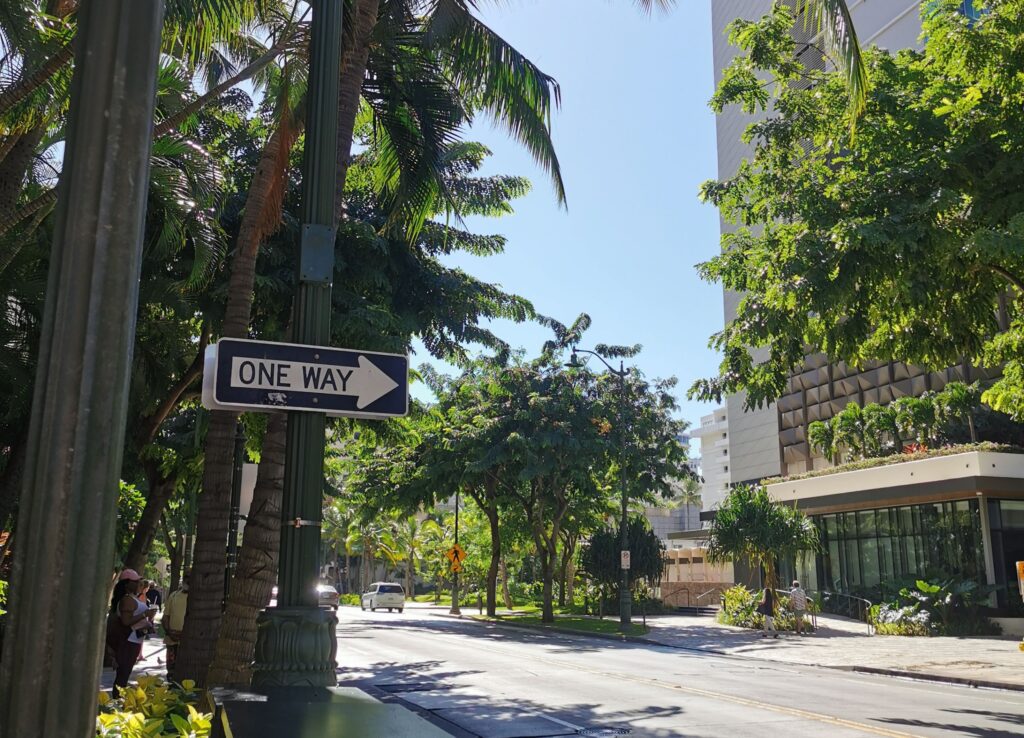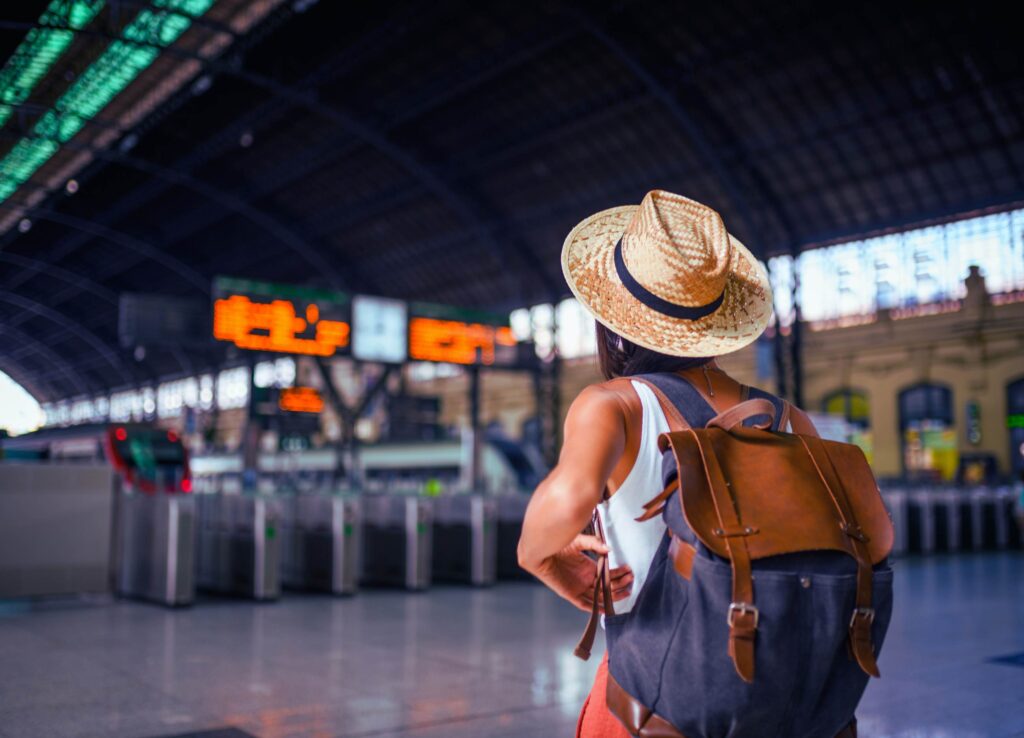Introduction to Travel Tips for India
India, a land rich in diversity, fascinates travelers with its vibrant culture and stunning landscapes. From the Himalayas to the beaches of the south, India offers a huge variety of experiences. Navigating this immense country, with its unique challenges and adventures, is an experience in itself.
In this guide, „Travel Tips for India,“ we provide essential advice for an easy-going and uncomplicated journey. Learn how to enjoy India’s exquisite cuisine safely, navigate the rail network, avoid common tourist scams, and communicate effectively. We also cover managing finances, understanding tipping customs, and handling attention from locals.
Embrace India’s vibrancy with an open heart and adventurous spirit, and let our tips guide you through an unforgettable travel experience. Whether a seasoned traveler or a first-timer, these insights ensure a journey filled with wonder and memorable moments. For further infos about India, make sure you check out my other blog articles.
Don’t want to travel alone and do a fully guided tour instead? Check out Tourhub, a platform offering guided tours all around the world. Do not forget to use my code SALLY1GURU for a 5% discount.
- Introduction to Travel Tips for India
- Tips for Staying Healthy
- Tips For Traveling By Train
- Be Prepared to Get Scammed
- Get a Local or an eSIM Card
- Carry Enough Cash – Everytime!
- Tipping is Up to You But Common
- Be Prepared That Locals Take Photos of You
- Frequently Asked Questions about 'Travel Tips for India'
- Conclusion about Travel Tips for India
Looking for cheap flights to India? Dive into WayAway, your ultimate flight comparison tool, and discover how easy it is to find unbeatable deals. Get the iOS app or android app here.
Tips for Staying Healthy
Traveling through India is an adventure that tantalizes every sense, but it also requires a keen awareness of health and safety. To fully enjoy the myriad of experiences without health concerns, here are some essential tips. I got you also covered with a local food guide.
- Street Food with Caution: While Indian street food is an explosion of flavors, it’s advisable to approach it with caution. Opt for food that is freshly cooked and served hot. This reduces the risk of foodborne illnesses, which are often caused by bacteria or parasites in uncooked or improperly handled food.
- Hand Hygiene is Key: Regular hand washing is crucial. With the diverse environments and high population density, your hands are more likely to pick up germs. Carry hand sanitizer for times when soap and water aren’t available.
- Bottled Water Only: The tap water in India is not safe for drinking. Stick to bottled water and ensure the seal is intact when purchasing. Brands like Bisleri, Kinley, and Aquafina are widely recognized and trusted.
- Consider a Vegetarian Diet: India offers a rich variety of vegetarian cuisine, owing to its cultural and religious practices. Opting for vegetarian dishes can be a safer option, as they are less likely to cause foodborne illnesses compared to non-vegetarian options, which may not always be stored or cooked adequately.
- Mind the Spice: Indian cuisine is renowned for its use of spices, which can be quite intense for unaccustomed palates. Gradually introduce yourself to spicier dishes to avoid digestive discomfort.
- Eating in Reputable Places: Choose to eat in well-known restaurants or places that are busy with locals. This is often a sign of good food hygiene practices and fresh ingredients.
- Traveler’s Probiotics and Charcoal Tablets: Consider taking probiotics to boost your stomach’s good bacteria and improve digestion. Charcoal tablets are helpful in managing diarrhea and preventing dysentery. They work by absorbing toxins or pathogens causing stomach issues.
By following these tips, you can savor the diverse culinary delights of India while minimizing health risks. Remember, being cautious with what and where you eat plays a significant role in ensuring an enjoyable and healthy travel experience in India.
Tips For Traveling By Train
Train travel is an integral part of the Indian experience, offering a window into the heart of the country’s diverse landscapes and cultures. To make the most of your rail journeys in India, consider these practical tips. If you want to read a complete India train travel guide, check this out!
- Understand Travel Times: Indian distances can be deceptive, and train journeys often take longer than expected. Always allow extra time for travel and be prepared for occasional delays.
- Advance Booking is Essential: Indian trains are notoriously busy, and reservations fill up quickly, especially for long-distance routes. Book your tickets well in advance to secure your preferred travel dates and classes.
- Choosing the Right Class: For long-distance travel, opt for AC1 or AC2 classes, which offer more comfort and amenities. For shorter distances, AC3 and Sleeper Class are cost-effective options, though they offer less privacy and amenities.
- Leverage Technology for Convenience: Use apps like ‚Confirmtkt‘ and ‚Where is my Train‘ to check train schedules, punctuality, and booking status. These tools can be invaluable for planning and adjusting your travel plans on the go.
- Be Prepared for the Experience: Indian trains offer a unique travel experience, but they can also be overwhelming due to their size, crowds, and noise. Be mentally prepared for a bustling atmosphere, especially in the lower classes.
- Safety and Security: Keep an eye on your belongings, especially in crowded and overnight trains. Consider using a lock for your luggage and be cautious with your valuables.
- Enjoy the Scenery: Indian railways traverse through some of the country’s most stunning landscapes. Whether it’s the green fields of Punjab, the arid landscapes of Rajasthan, or the coastal routes along the Arabian Sea, train travel in India is as much about the journey as the destination.
By following these tips, train travel in India can be a comfortable, enjoyable, and memorable part of your travel experience. Whether you’re a seasoned traveler or a first-time visitor, the Indian railways offer a unique and authentic way to explore this vast and diverse country.
For seamless travel across the country, consider using 12AsiaGo and Busbud to book your transportation. Whether it’s trains, or buses, these platforms offer convenient options to ensure you reach your destinations comfortably and on time.
For a quick search use the following tool.
Be Prepared to Get Scammed
India is a fascinating destination, but like many tourist hotspots, it has its share of scams. Being aware and cautious can help you avoid common pitfalls and ensure a smooth journey. Here are some essential tips to help you navigate.
Here you get more information about common scams in India and how to avoid them.
- Hotel Reviews – Trust but Verify: Be diligent in reading hotel reviews. Even on large booking platforms and Google, reviews can be misleading or fake. Cross-check information on multiple sites and rely on trusted sources for recommendations.
- Common Scams to Watch Out For:
- The ‘Closed’ Hotel Trick: A classic scam involves a taxi or rickshaw driver insisting that your hotel is closed or overbooked, then taking you to a more expensive alternative where they get a commission.
- The Fake Authority Scam: Scammers may pose as police or government officials demanding to check your documents or cash for ‘counterfeit’ notes, only to swindle you.
- Booking Experiences Online: When it comes to booking tours or experiences like tiger safaris, use reputable online platforms such as GetYourGuide or Viator. Avoid booking with local street agents as these can often lead to overpriced or subpar experiences.
- Be Wary of Too-Good-to-Be-True Offers: If something sounds too good to be true, it probably is. This could be anything from gemstone deals to discounted tours. Always approach such offers with skepticism.
- Learn to Say No Firmly: In many situations, a firm but polite refusal is your best defense. Whether it’s an unsolicited guide, a rickshaw ride, or a street vendor, learning to say no without feeling guilty is essential.
Remember, most people in India are warm and welcoming, and it’s only a small fraction who might try to scam you. By staying alert and informed, you can navigate these challenges and enjoy the rich, vibrant experiences that India has to offer.
Get a Local or an eSIM Card
Effective communication is key to a fulfilling travel experience in India. Here are some tips to help you stay connected and navigate interactions smoothly:
- Choosing the Right SIM Card: For staying connected, consider getting a local SIM card or an eSIM. Local SIMs can be loaded with affordable data and call packages, but be aware they often come with a barrage of promotional SMS. eSIMs like Airalo offer a hassle-free option with a fixed validity, typically 28 days, and a data cap of around 1.5 GB per day.
- Carrying a Dual-SIM Phone: If your phone supports dual SIMs, it’s a good idea to use one slot for your local Indian SIM and the other for your regular number. This way, you can stay connected both locally and with folks back home.
By being mindful of these communication tips, you can enhance your travel experience in India, making it easier to connect with locals, navigate your surroundings, and manage day-to-day interactions seamlessly.
For an easy and smooth phone connection throughout your India journey, think about using eSIM cards and a enjoy a stress-free travel experience. Airalo offers plans starting from 5$!
Click on the link or use the tool down below for a quick search.
Carry Enough Cash – Everytime!
Navigating financial transactions in India requires some know-how to ensure convenience and avoid unnecessary charges. Here’s what you need to know:
- Cash is King: While digital payments are on the rise, cash remains predominant, especially in smaller towns and for local businesses. Many hotels and restaurants prefer cash payments to avoid transaction fees, and you might even get better deals paying in cash.
- ATM Withdrawals: When withdrawing cash from ATMs, you may face a limitation of 10,000 INR per transaction. It’s often more economical to make frequent withdrawals rather than using your card for direct payments, especially if your bank doesn’t charge high fees for ATM use. Also, always count your cash and check for authenticity.
- Card Payments and Fees: Be aware that card payments, especially with foreign cards, can attract additional fees. It’s advisable to check with your bank about international transaction fees before you travel.
- Digital Wallets: Apps like Paytm or PhonePe are widely used in India for cashless transactions. However, they may require an Indian phone number for setup. These apps are useful for services like Uber and Ola, where foreign credit cards might not be accepted.
- No PayPal for Some Services: Be aware that PayPal might not be an option for certain services like Uber or Ola. Having a backup payment method is essential.
By understanding and preparing for these financial aspects, you can navigate monetary transactions in India with ease, ensuring a smoother travel experience free from payment hassles.
Tipping is Up to You But Common
Understanding the tipping culture in India is important for travelers, as it varies significantly from many Western countries. Here’s a guide to help you navigate tipping in India:
- Tipping at Restaurants: In many restaurants, especially the upscale ones, a service charge is often included in the bill. However, where it’s not included, a tip of around 10% is appreciated for good service. In smaller eateries or street food stalls, tipping is not customary.
- Tipping for Hotel Services: For bellboys or porters in hotels, a small tip of around 20-50 INR is customary. For housekeeping, you can leave a similar amount per day or a lump sum at the end of your stay.
- Tipping Taxi and Rickshaw Drivers: It’s not mandatory to tip taxi and rickshaw drivers. However, rounding up the fare to the nearest 10 INR is a common practice. For longer trips or day hires, a tip of 5-10% of the total fare is appreciated.
- Tipping Tour Guides and Drivers: For private tours, tipping your guide and driver is customary. Depending on the quality of the service, 100-500 INR per day for the guide and half of that for the driver is a general guideline.
Tipping in India is more about showing appreciation for good service rather than an obligatory practice. It’s always a personal choice, and being aware of the local customs can help you navigate this aspect of your travel in India respectfully and appropriately.
Be Prepared That Locals Take Photos of You
Navigating photography and privacy in India can be a unique aspect of your travel experience. Here’s how to handle these situations with sensitivity and respect:
- Locals Taking Photos With You: It’s common for travelers, especially those from different cultural backgrounds, to attract attention. Many locals, out of curiosity or admiration, may ask to take photos with you. While this is generally harmless and friendly, it’s entirely up to you whether to agree or not. If you’re uncomfortable, it’s perfectly okay to politely decline.
- Dealing with Unwanted Photography: If you notice someone taking your photo without consent, it’s okay to ask them to stop. Most will comply once they realize you’re uncomfortable. We had to deal with this a lot to be honest…
- Taking Photos of Other People: Always ask for permission before taking photos of people, especially in rural areas or of religious figures. Most people are happy to be photographed, but some may decline, and it’s important to respect their wishes.
By being respectful and mindful of these aspects, you can ensure that your photography in India is both enjoyable and respectful, capturing the essence of the country’s vibrant culture and people without overstepping boundaries.
Frequently Asked Questions about ‚Travel Tips for India‘
When planning a trip to India, travelers often have numerous questions about navigating this diverse and complex country. Here are some of the most frequently asked questions about travel tips for India:
Still looking for a suitable health insurance for your adventures abroad? Check out VisitorsCoverage and tavel with confidence, knowing that you’re protected against unexpected events!
Conclusion about Travel Tips for India
As our exploration of travel tips for India comes to a close, it’s clear that a journey to this incredible land is as enriching as it is complex. India, with its vibrant cultures, stunning landscapes, and rich history, offers an unparalleled experience for the intrepid traveler.
If you want to know more about the impressive buildings throughout the country, read further in this article about the 26 best buildings to visit in India!
After reading all these travel tips, you’re now better equipped to explore India. From the tranquility of its temples to the chaos of its cityscapes, India promises a journey that is as rewarding as it is transformative.
For more insights of what our time in India looks like, check out our socials. Rather looking for other destination? Read here further.
I hope to see you again soon on this blog. Do not forget to share this guide on travel tips for India with your friends and family too 🙂





